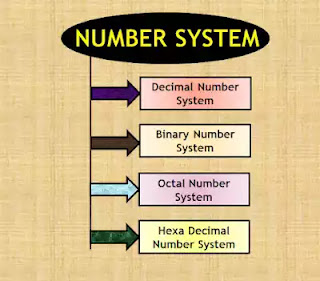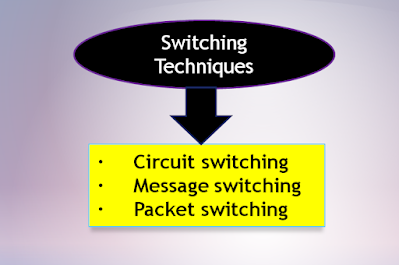What is transmission media in computer network? What are the two types of transmission media?
What is transmission media in computer network? What are the two types of transmission media?
Networking is the process of connecting to a computer
workstation, and cables & wires are the mediums through which data
generally transfer from one device in a network to another.
The transmission medium acts as a physical structure for the
transmission of signals. It is also the physical pathway between the receiver
and transmitter in the data transmission system.
Transmission media are classified as either unguided or guided.
In both instances, communication takes place in the form of electromagnetic
waves.
These waves travel through a solid medium with guided
media, like copper twisted pairs, Copper coaxial cables, and optical
fibers.
Space and the atmosphere are examples of unguided mediums
capable of transmitting electromagnetic signals but don't guide them. This type
of transmission is generally called wireless transmission.
Twisted Pair Cable
Twisted pair wires are the most commonly utilized medium for
communication. Twisted pair cables are made up of copper wires made into pairs.
The typical telephone wire comprises two copper insulated plastic wires that
are twisted into pairs.
A computer
networking cable comprises four insulated copper wires that have been twisted
into pairs. These can be used for data and voice transmission—the twists in the
wires to reduce crosstalk and noise. The transmission speed varies between 2
million and 10 billion bits every second.
There exist two kinds of twisted-pair cables:
(1) Shielded Twisted Pair (STP) cable.
(2) Unshielded Twisted Pair (UTP) cable.
Shielded Twisted Pair
An insulated cable is one where wires are wrapped around one
another with the most miniature twists. The wires are encased in an outer
copper braid to shield them from interference from the outside.
STP can be more costly than UTP but is cheaper than fiber
optics. STP is more secure from interferences and crosstalk than UTP; STP is
used for commercial installations.
Advantages
(1) Data transmission is secured
(2) Protection against crosstalk and interference from outside
Disadvantages
(1) More expensive than UTP.
(2) when compared to UTP difficult installing.
Unshielded Twisted Pair
UTP is one of the more popular and is usually the best
alternative for schools' networks. In UTP, two wires that are not shielded
twist around each other. The twist minimizes interference among the wires.
UTP is an electrical
wire made of copper wrapped in plastic insulation. UTP is affordable and
straightforward to set up. They are primarily utilized to connect
networking.
Advantages
(1) Easy to handle
(2) Cheapest form of cable
Disadvantages
(1) It has been proven to resist crosstalk, EMI
(electromagnetic disturbances), and RFI.
(2) Incapable of providing secure transmission of information
Co-axial Cable
Co-axial cable is extensively employed in cable TV, office
buildings, and other workstations to serve as LAN. These cables comprise
aluminum or copper wire surrounded by an insulation layer. The insulation aids
in minimizing distortion and interference.
Its transmission speed ranges between 200 million bits to 500
billion bits per second.
Advantages
(1) Secured data transmission
(2) Secured from crosstalk
Disadvantages
(1) Installation is difficult
(2) Costlier than other cables.
Fiber Optic Cable
Fiber optic cables are often referred to as Optical Fiber
Cable. {The optical Fiber Cable consists of one or several glass fibers wrapped
in a protective film that transmits information via pulses of light.}
It's a glass fiber. It uses light pulses to transmit
information. The speed of transmission could be trillions of bits per second.
The speed of fiber optic cable transmission is hundreds of times (100 times)
more efficient than coaxial cables and thousands of times (1000 times) more
efficient than a twisted pair cable. Fiber optics is based on the
characteristics of light. Different colors of light could enhance the number of
messages transmitted over fiber optic cable.
Advantages
(1) Covers large distances
(2) Support much higher data rates.
(3) Unaffected by atmospheric or chemical conditions.
Disadvantage
(1) Fiber optic cables aren't easy to put in
(2) More delicate than copper wire and difficult to cut.



